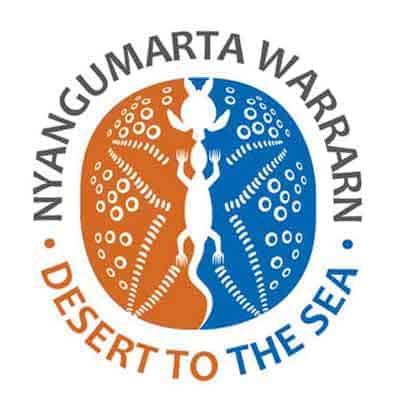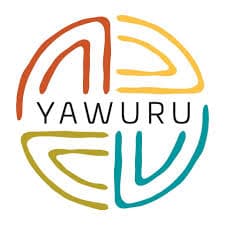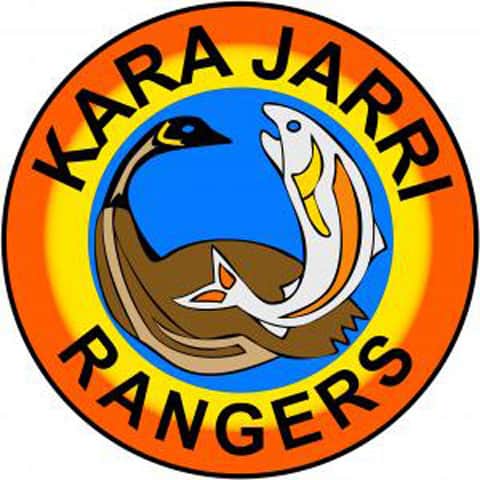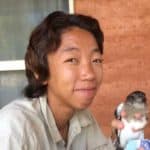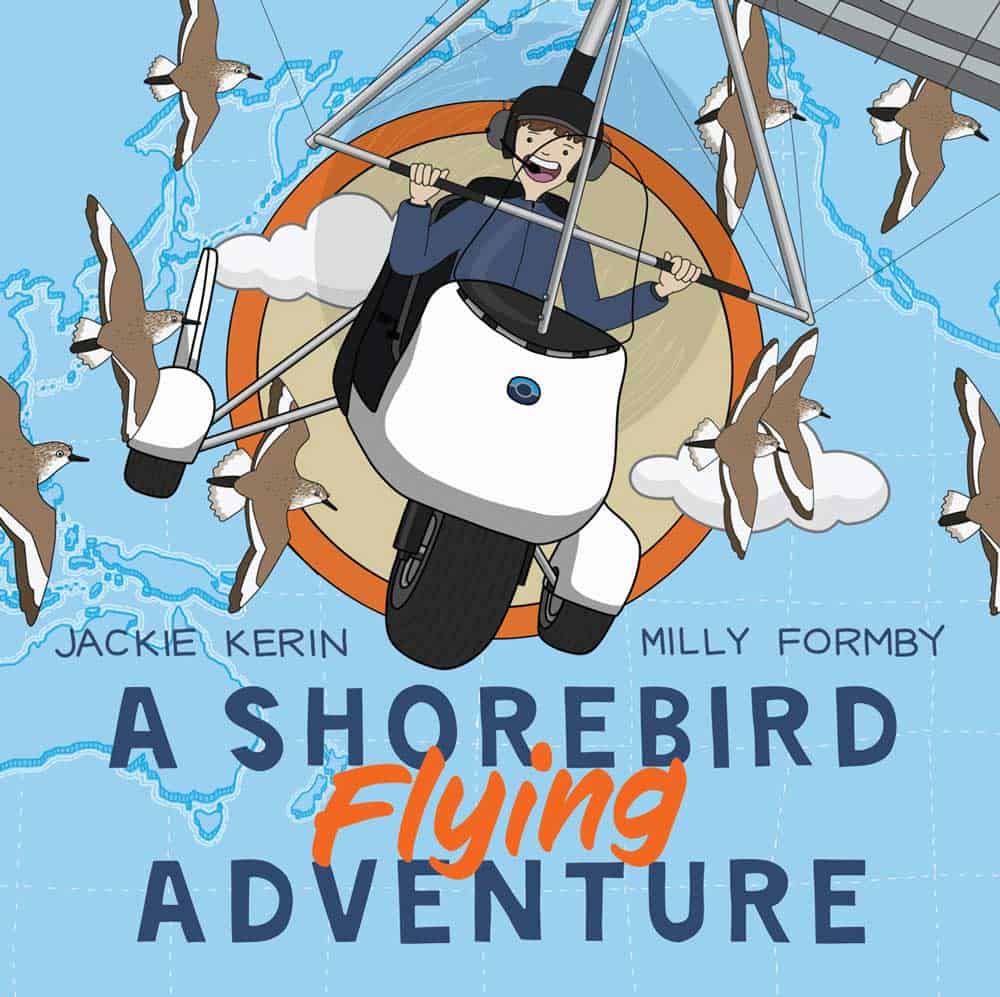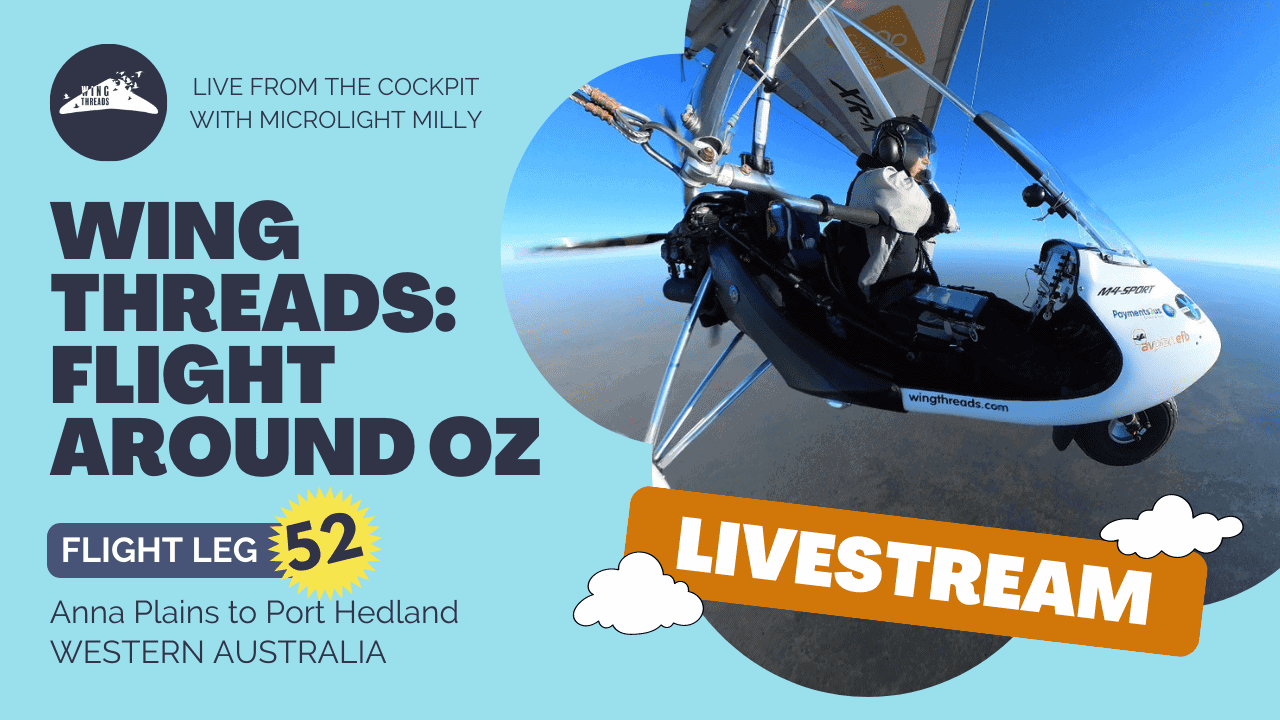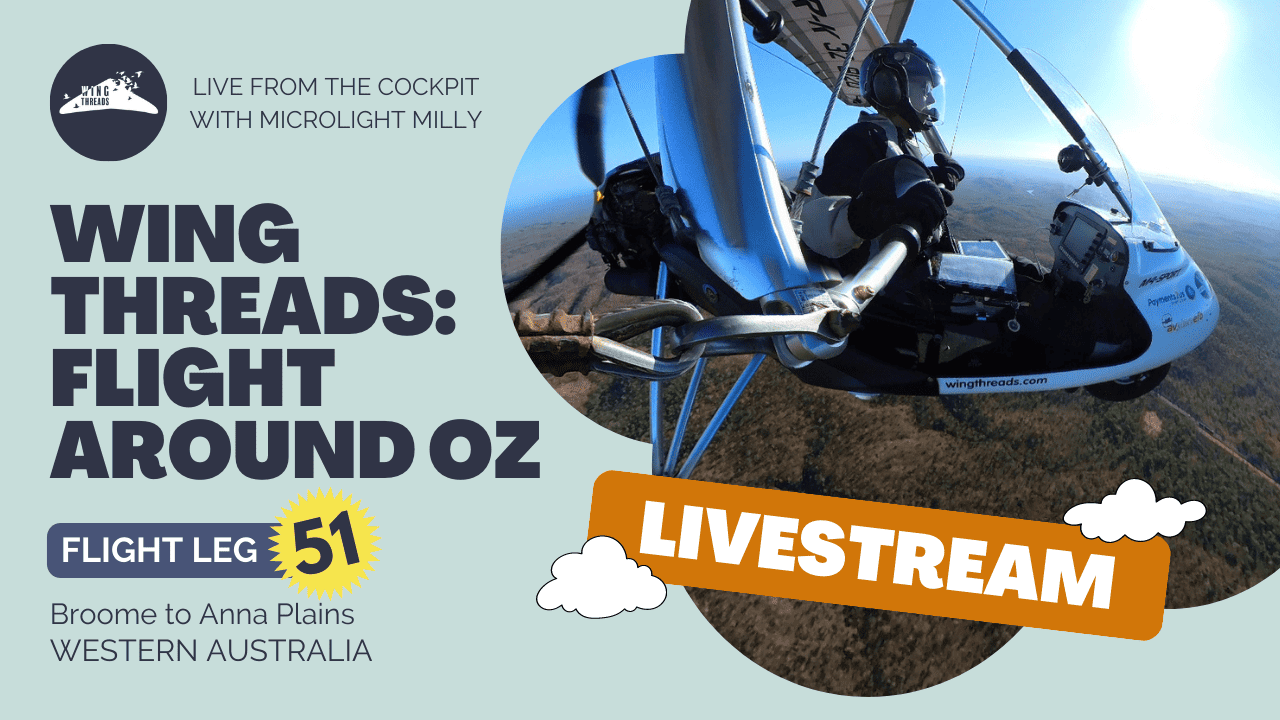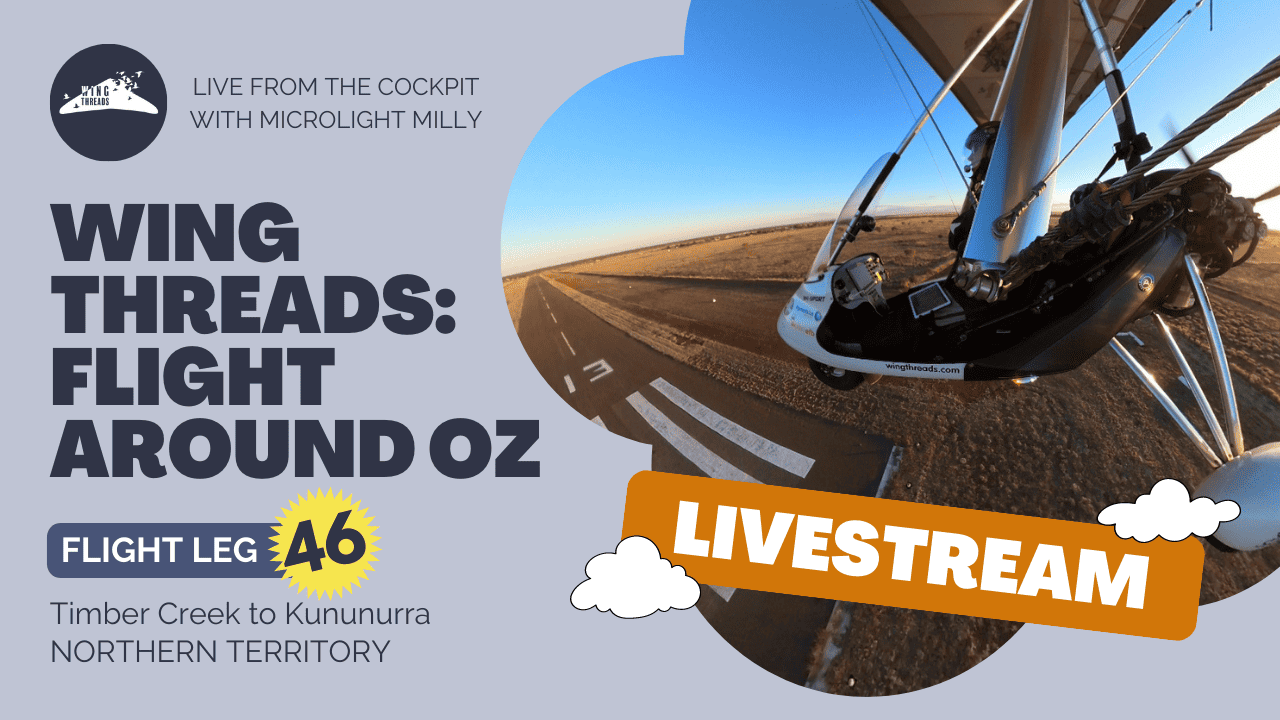Busy breeding
It has been quite a while since our last updates and we are delighted to see that both KS and KU have reached their breeding sites!
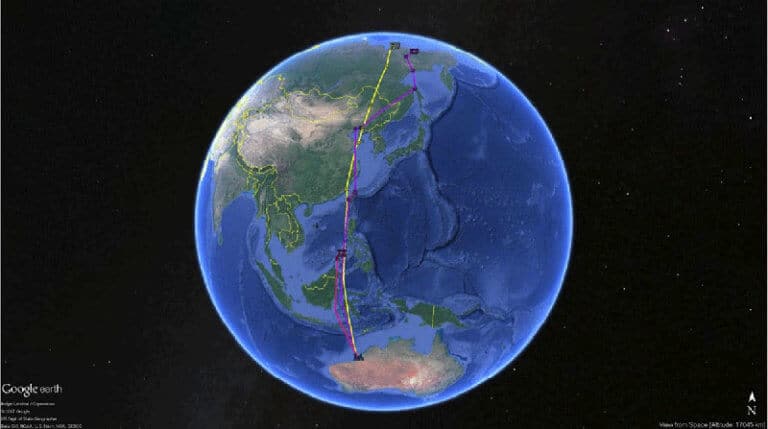

KS and KU have chosen different areas to nest. Their nests are approximately 630km apart from each other in the Sakha Republic, Russia (Figure 1.).

Whimbrel KS
KS reached the west of Momskiy Mountains in the last week of May (Figure 2.). After spending two days there to replenish, it flew 157km east across the 2000m high mountains to reach its nesting location.
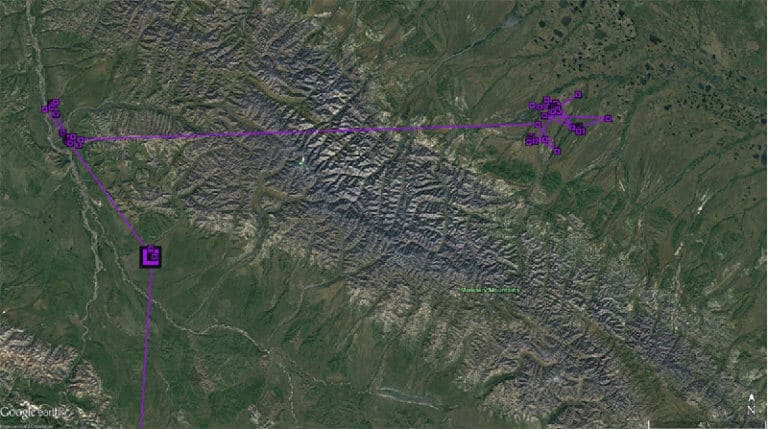
Within a few days of arrival, KS has decided on a nesting area. The movement of KS during its first week was quite extensive, covering an area of up to 500km2 (Figure 3a). Movement during the second week significantly shrunk to an area of less than 100km2 (Figure 3b). In the third week, movements became further limited to an area of approximately 25km2, indicating that KS is most likely nesting (Figure 3c).
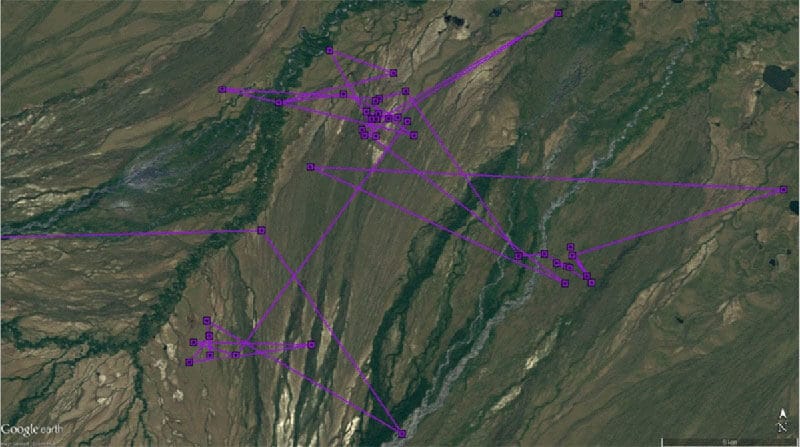
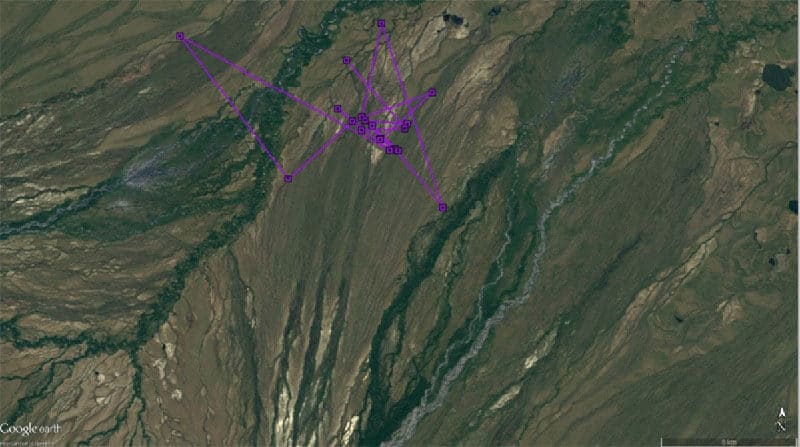
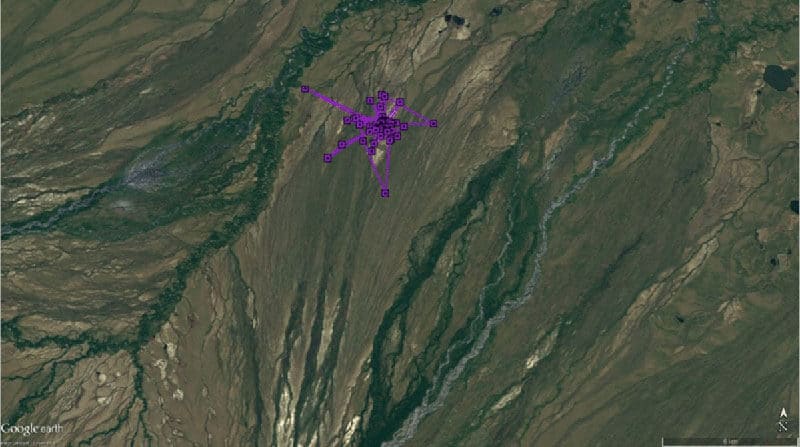
Whimbrel KU
KU also arrived at its potential breeding area in late May. However, it spent over one and a half weeks exploring the area on both sides of a mountain before it finally decided on a nesting area 17km north of the mountain and 27km west of the River Yana in Russia (Figure 4.).
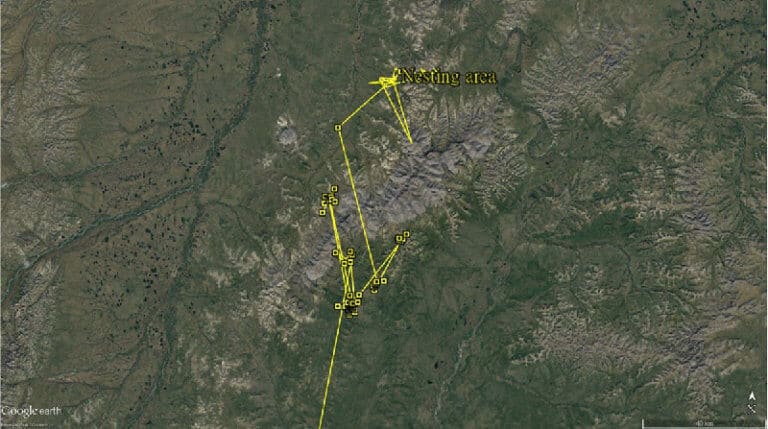
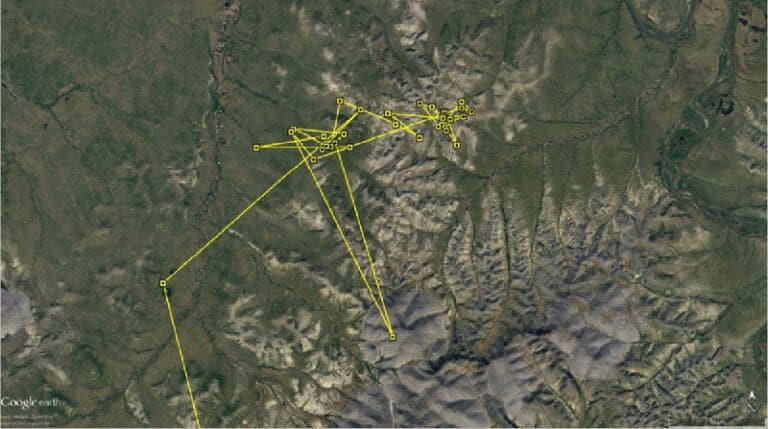
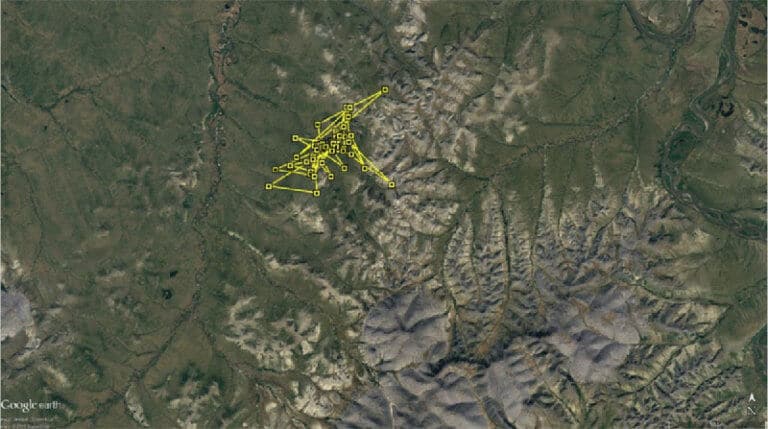
In the coming weeks, both KS and KU will be busy nesting and incubating their eggs. Later on their movement pattern might change again indicating fledging of their youngs.
On top of KS and KU, which successfully made their journey to the breeding grounds, we still regularly receive signals from both LA at Eighty Mile Beach, and JX from Palawan in the Philippines.
Acknowledgements
Clive Minton
The extensive and expensive satellite tracking program we have set up in NWA has only been possible through the efforts and generosity of a large number of people and organizations. It is difficult to know where to start with the formal acknowledgements so I will list them – but not in any particular order of priority.
- The members of the AWSG NWA 2019 Wader and Tern Expedition and similar NWA expeditions in previous years, are particularly thanked for their efforts in the field in catching, banding and deploying transmitters on a range of species.
- Landowners are especially thanked for permission to go onto their property to enable us to catch various species in order to deploy the satellite transmitters. In particular we thank Anna Plains Station for giving us the freedom to roam over large areas of grazed grassland when counting and catching target species.
- AWSG acknowledges the Yawuru People via the offices of Nyamba Buru Yawuru Limited for permission to catch birds on the shores of Roebuck Bay, traditional lands of the Yawuru people.
- AWSG acknowledges the Karajarri and Nyangumarta people for permission to catch birds to be marked for this project on the shores of 80 Mile Beach, traditional lands of the Karajarri and Nyangumarta.
- The cost of the satellite transmitters, which cost around $5000 each, and the satellite downloading costs (around $1000-1500 per month) have been met by a variety of sources. Private individuals (Charles Allen and Doris Graham) have made most generous individual contributions. Kate Gorringe-Smith and her team of artists involved in The Overwintering Project made a large, generous donation from funds raised during their various public exhibitions. The annual NWA Expedition members, collectively, also provided significant funds each year.

